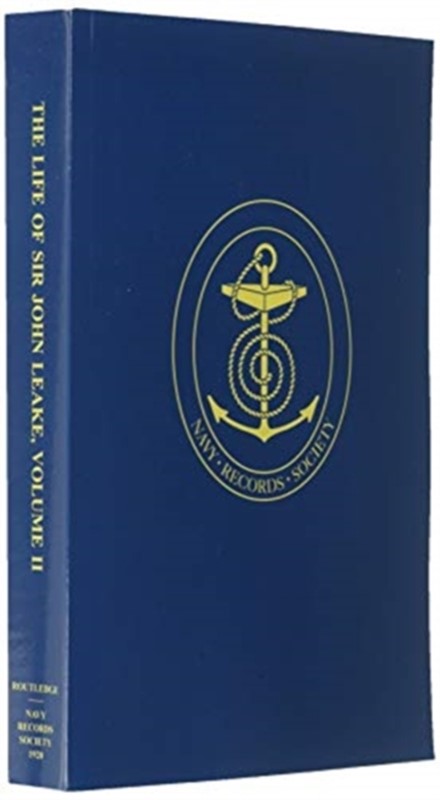A Narrative of my Professional Adventures by Sir William Henry Dillon - Michael A. Lewis - Bog - Navy Records Society - Plusbog.dk
Sir William Henry Dillon (1780-1857) was born in Birmingham, the illegitimate son of the distinguished writer and traveller John Talbot Dillon (1734-1806), a baron of the Holy Roman Empire. The elder Dillon had briefly served in the Royal Navy, apparently obtaining his discharge in a fit of pique after being ejected, when a midshipman, from the Parade Coffee House in Portsmouth, a hostelry reserved for captains. Sir William’s long, enjoyable, and informative memoirs, edited by Professor Michael A Lewis, one of the doyens of naval historians, are arguably the best by any naval officer of the period, and for anyone seeking an intimate glimpse into the workings of the Georgian navy and the professional concerns and vexations of its officer corps they are essential reading. The narrative, never dull, is enhanced by the editor’s erudite and, where appropriate, witty commentaries, by the sense we derive of the author’s personal foibles and by his numerous exasperated references to ‘Mrs V’ (Matilda Voller), a middle-aged widow who ensnared Dillon into marriage when he was a young lieutenant recently returned from incarceration in France. Other illuminative Georgian memoirs in the NRS series of publications are those of Admiral Sir Thomas Byam Martin (vols 12, 19, 24), Captain John Harvey Boteler (vol 82), and Commander James Anthony Gardner (vol 31), Gardner’s being, like Dillon’s, especially vivid. In 1803, when a senior lieutenant carrying a flag of truce to the Dutch, he was arrested, handed over to the French, and held captive until 1807. On his release he was given command of the decrepit old sloop Childers, with sixty-five men and carrying only fourteen 12-pounder carronades. On 14 March 1808, off the Norwegian coast, she defeated, after a lengthy action, a Danish brig of twenty guns and a crew of 160. A fortnight later Dillon, honoured with a valuable presentation sword by the Patriotic Fund at Lloyd’s, was posted captain: his delight and relief as he read over and over again the letter informing him that he had finally achieved that key step in any Georgian sea officer’s career provides memorable reading. Subsequently, as a post-captain, he served at Walcheren, and in varied locations, including Newfoundland and the Far East. From 1835 (the year he was knighted as KCH) until 1838 he commanded the 74-gun Russell in the Mediterranean. He became equerry to the Duke of Sussex, and attained flag rank in 1846, dying in Monte Carlo in 1857 as a vice-admiral of the red.












